
Most do this wrong. 10 vegetables you’re storing the wrong way
When it comes to keeping vegetables fresh, how you store them can make all the difference. Many people unknowingly shorten the lifespan of their fresh produce by using improper storage methods, which can lead to unnecessary waste, loss of flavor, and frequent grocery runs. Fortunately, with a few simple adjustments, you can make your vegetables last significantly longer while maintaining their taste, texture, and nutritional value.
Each vegetable has its own unique storage requirements. Some prefer cool, dark spaces; others thrive in humidity or require ventilation. From avoiding incompatible produce pairings to choosing the right storage materials, understanding these differences helps you preserve freshness and reduce food waste.
In this article, we’ll look at eleven common vegetables that are often stored incorrectly, along with easy, science-backed tips for keeping them at their best for days—or even weeks—longer.
1. Onions: Say No to Plastic Bags
Onions need to breathe. Storing them in a sealed plastic bag traps moisture and limits air circulation, creating the perfect environment for mold and spoilage. Instead, keep onions in a cool, dry, and well-ventilated place—like a mesh bag, basket, or even pantyhose tied in sections to separate each bulb.
Avoid placing onions near potatoes; both emit gases and moisture that can cause each other to spoil faster. For long-term storage, a cool pantry or basement between 45°F and 55°F (7°C–13°C) is ideal. Under the right conditions, onions can stay firm and flavorful for several weeks or even months.
2. Potatoes: Avoid the Refrigerator
Refrigerating potatoes might seem convenient, but it causes the starch inside to convert into sugar, resulting in a gritty texture and oddly sweet taste. Instead, store them in a dark, cool space with moderate humidity—such as a pantry, cellar, or cupboard away from heat sources.
A paper bag or cardboard box works perfectly, keeping light out (which prevents greening) and allowing airflow. Never store them near onions; the gases from both vegetables accelerate spoilage. Properly stored potatoes can last up to a month or longer, depending on the variety.
3. Cucumbers: Keep Away from Apples
Cucumbers are extremely sensitive to ethylene gas, a natural ripening agent released by fruits like apples, bananas, and avocados. Exposure can cause them to yellow and soften prematurely. To avoid this, store cucumbers away from ethylene producers—preferably in a separate refrigerator drawer or shelf.
Wrap cucumbers in a paper towel and place them inside a perforated plastic bag to maintain moisture while allowing ventilation. This balance helps keep cucumbers crisp and fresh for up to a week. For longer storage, choose firmer cucumbers and avoid stacking them.
4. Garlic: Avoid Sealed Containers
Garlic, like onions, prefers ventilation. Storing it in airtight containers or plastic bags traps moisture and leads to sprouting or mold. Instead, keep garlic bulbs in a mesh bag or paper bag in a cool, dry place. Hanging baskets or open pantry shelves work beautifully.
Whole bulbs can last for months when stored properly. However, once you break a bulb apart, use the cloves within about 10 days for optimal flavor. For convenience, you can also freeze peeled garlic cloves—but note that freezing slightly changes the texture.
5. Tomatoes: Room Temperature is Best
Refrigeration dulls a tomato’s flavor and turns its texture mealy. Fresh tomatoes should be stored at room temperature (55°F–70°F / 13°C–21°C), stem side up, on a flat surface away from direct sunlight. This allows them to ripen evenly and maintain their natural sweetness.
Once they’re fully ripe, you can refrigerate them briefly—just long enough to extend their shelf life by a few days. Before eating, bring them back to room temperature to restore flavor and juiciness.
Pro tip: If you grow your own tomatoes, store them in a single layer to prevent bruising.
6. Carrots: Use a Perforated Bag
Carrots thrive in humidity but can easily rot if trapped in standing water. Store them in a perforated plastic bag or reusable produce bag in the refrigerator’s crisper drawer. The small holes allow moisture to escape while maintaining the right humidity.
Always remove the leafy tops before storing—these greens draw moisture from the roots and make the carrots limp. Properly stored carrots can last up to a month. To revive slightly limp carrots, soak them in a bowl of cold water for 15–20 minutes before use.
7. Leafy Greens: Wrap in a Damp Paper Towel
Leafy greens like lettuce, spinach, and kale wilt quickly when exposed to dry air. To keep them crisp, wash and dry thoroughly, then wrap them in a damp paper towel before placing them inside a loosely sealed bag or storage container.
This simple step keeps humidity balanced, preventing both sogginess and dryness. Store them in the refrigerator and use within five to seven days for best texture and nutrition. You can also refresh wilted greens by soaking them briefly in ice-cold water.
8. Bell Peppers: Store in a Slightly Humid Drawer
Bell peppers do best in a slightly humid environment, making the refrigerator crisper drawer ideal. Store them in a ventilated plastic or mesh bag to allow air circulation. Keep them away from ethylene-producing fruits, which can cause them to soften prematurely.
Green peppers generally last longer than red, orange, or yellow ones—up to two weeks when stored properly. If a pepper starts developing soft spots, use it immediately in cooked dishes like stir-fries or soups.
9. Zucchini: Don’t Wash Before Storage
Moisture is the enemy of freshness when it comes to zucchini. Washing before storage adds unwanted humidity, encouraging mold and decay. Instead, store unwashed zucchini in a paper or perforated plastic bag in the refrigerator’s crisper drawer.
By keeping them dry and well-ventilated, zucchinis can stay fresh for up to 7–10 days. Only wash them right before cooking or eating. If you need to store them longer, consider slicing and freezing them for soups or stir-fries later.
10. Celery: Aluminum Foil is Your Friend
Celery tends to lose moisture quickly, becoming limp. Wrapping celery tightly in aluminum foil before refrigerating helps lock in moisture while letting ethylene gas escape. This technique prevents spoilage and keeps stalks crisp for up to two weeks.
Avoid plastic bags, which trap gas and promote rot. Another option is to cut celery into sticks and store them submerged in water in a sealed container—just change the water every few days to maintain freshness.
11. Broccoli: Skip the Crisper Drawer
Broccoli prefers a slightly cooler and drier environment than most vegetables. The high humidity of a crisper drawer can make it soggy. Instead, store broccoli in a perforated plastic bag or leave the bag slightly open in the main part of your refrigerator.
Don’t wash broccoli before storing—it adds unnecessary moisture. Properly stored, it will stay fresh for about a week. For longer storage, blanch and freeze broccoli florets to preserve color, texture, and nutrients.
Final Thoughts
Proper vegetable storage is one of the easiest ways to save money, reduce food waste, and enjoy produce at its peak. Each vegetable has its own rhythm—some love humidity, others need dryness and air. Once you understand these differences, your fridge and pantry will stay fresher and more organized.
By following these simple storage techniques, you’ll extend the shelf life of your veggies, maintain their flavor and nutrition, and minimize spoilage. Small changes truly make a big impact—both for your kitchen and your wallet.
News in the same category


My nana taught me this hack to dust ceiling fans in 3 mins with 0 work. Here’s how it works

My nana taught me this hack to lift carpet stains in 2 mins with 0 work. Here’s how it works

3 ways to prevent snakes from entering the house, everyone needs to know to protect their family
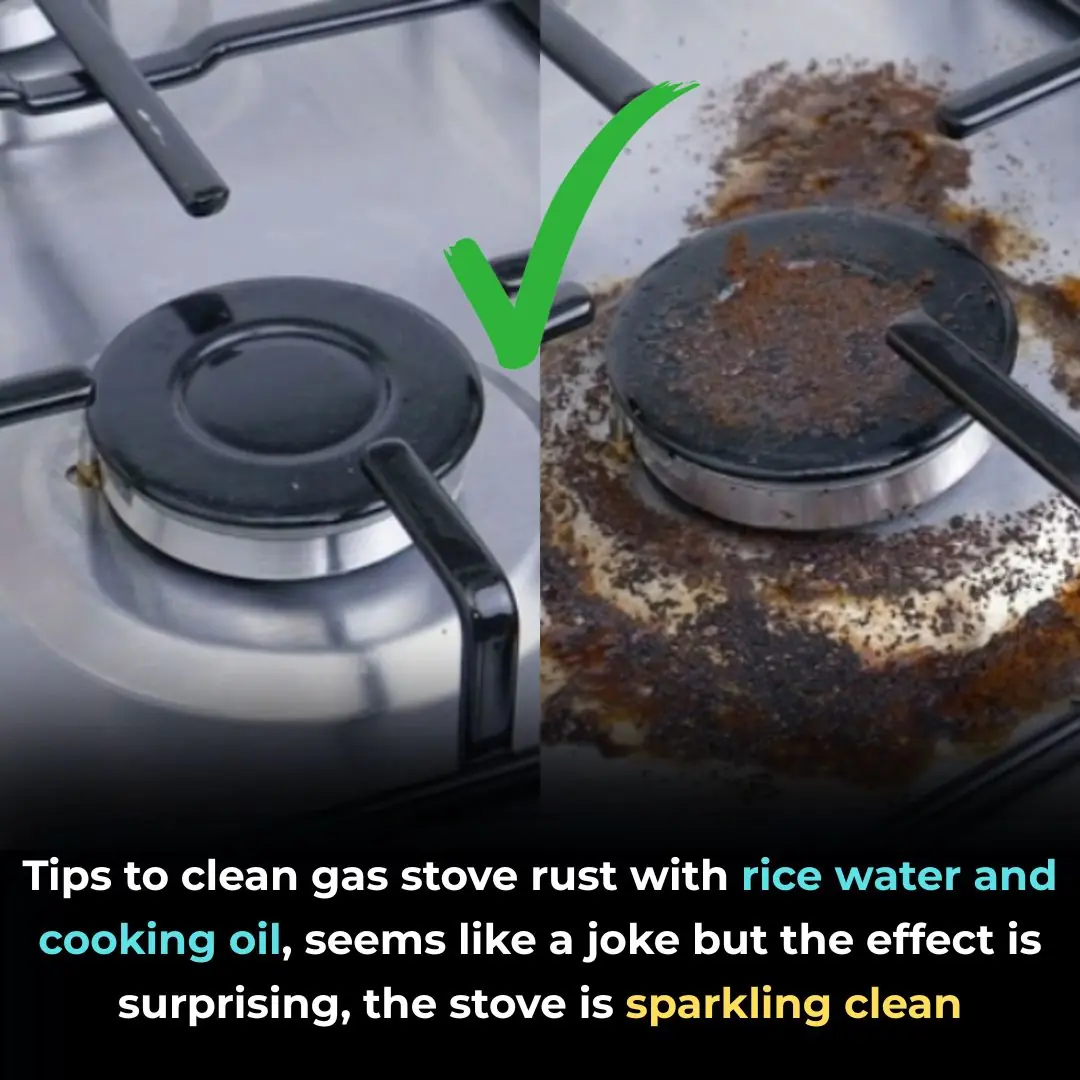
Tips to clean gas stove rust with rice water and cooking oil, seems like a joke but the effect is surprising, the stove is sparkling clean
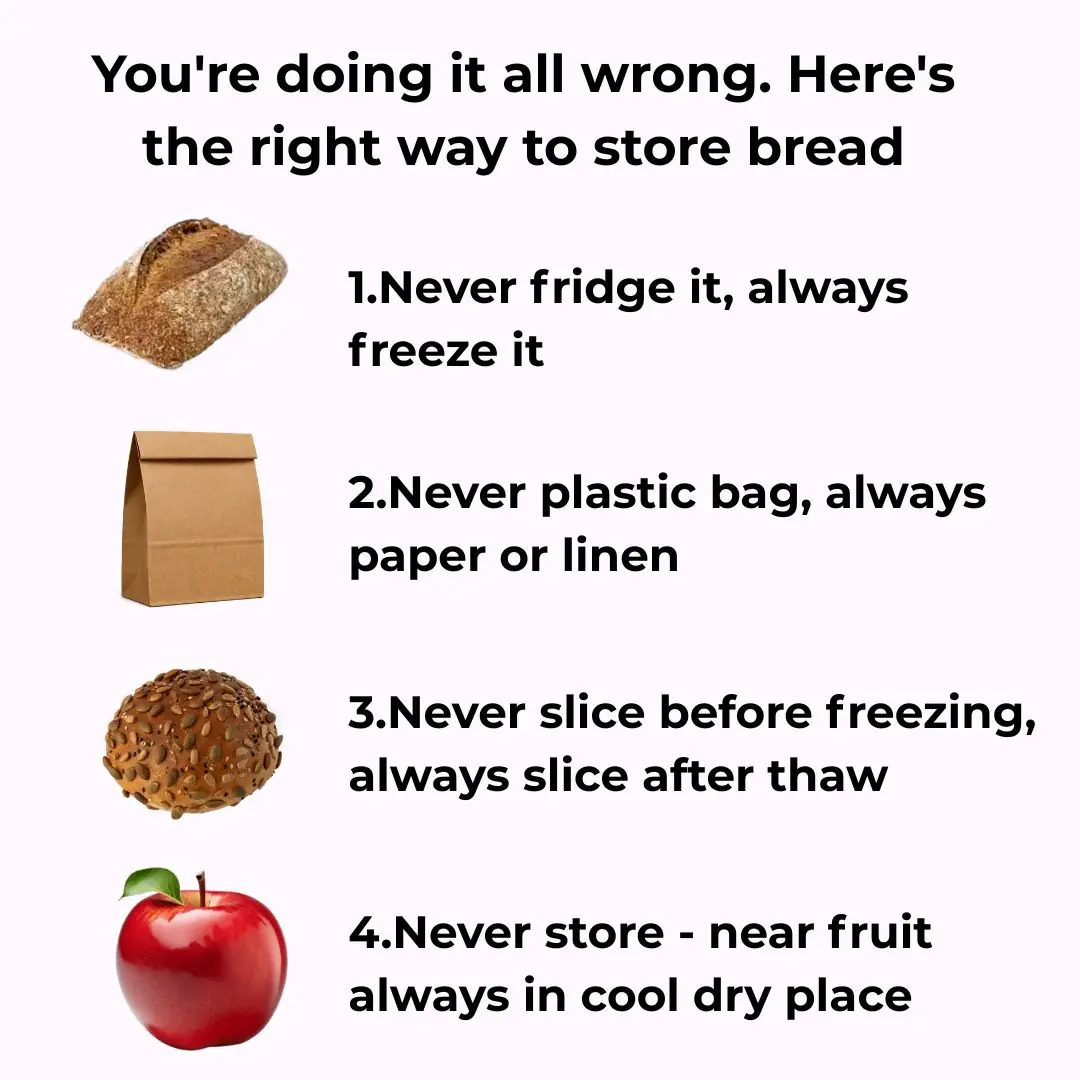
You’re doing it all wrong. Here’s the right way to store bread

Make Your Bitter Melon Soup Sweet and Nutritious — Just Add This One Ingredient
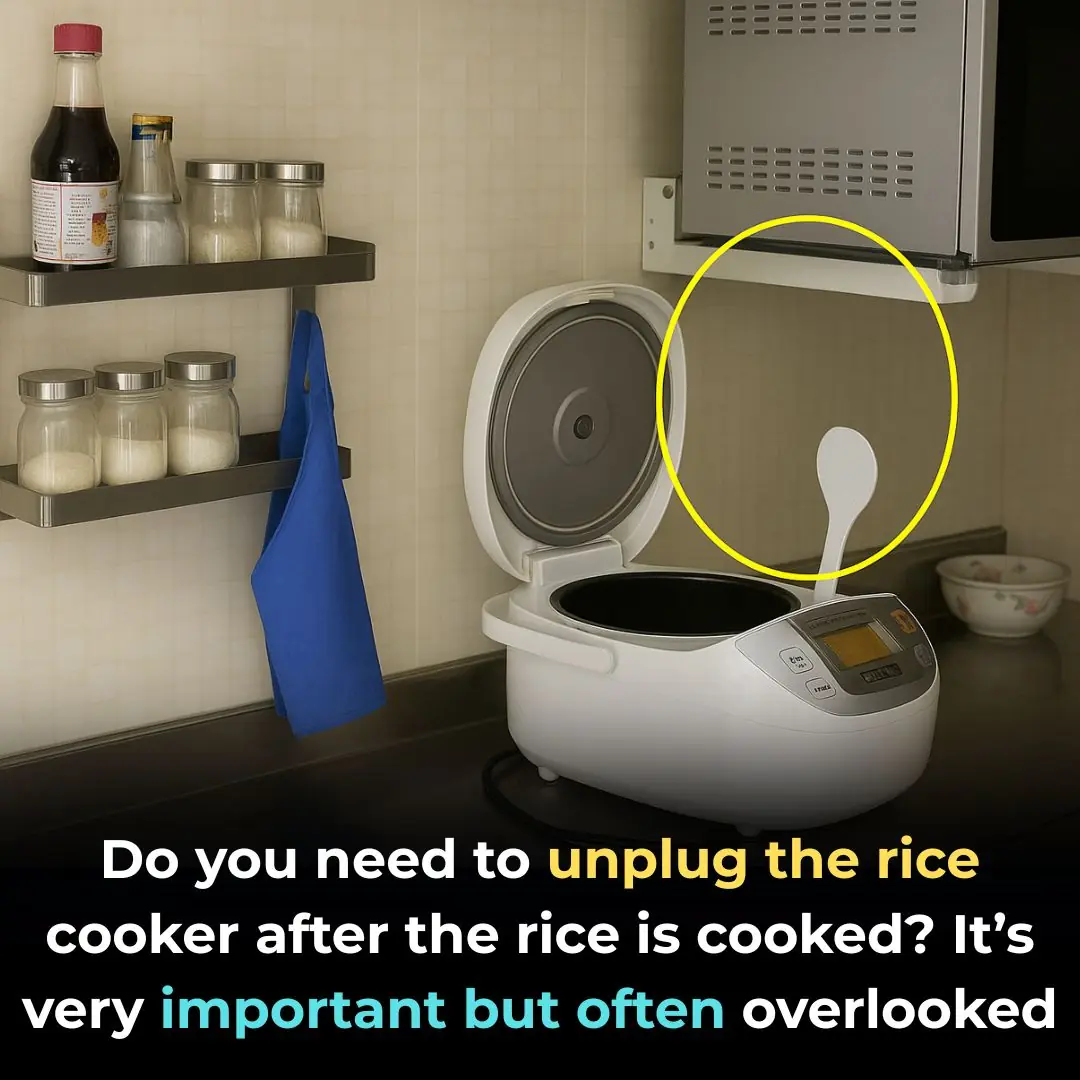
Should You Unplug Your Rice Cooker After the Rice Is Cooked?
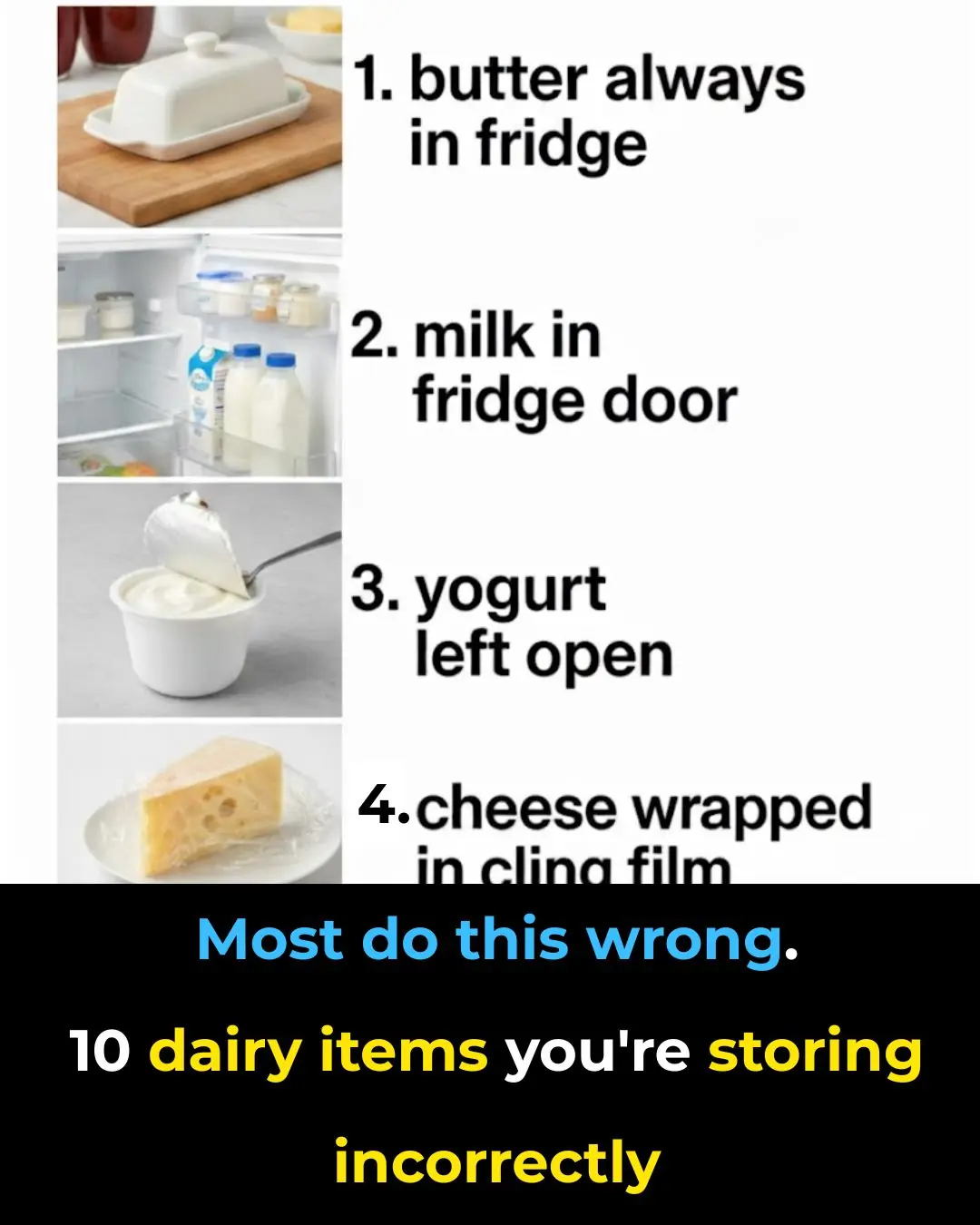
Most do this wrong. 10 dairy items you’re storing incorrectly

Most do this wrong. 10 bedding items you’re storing wrong
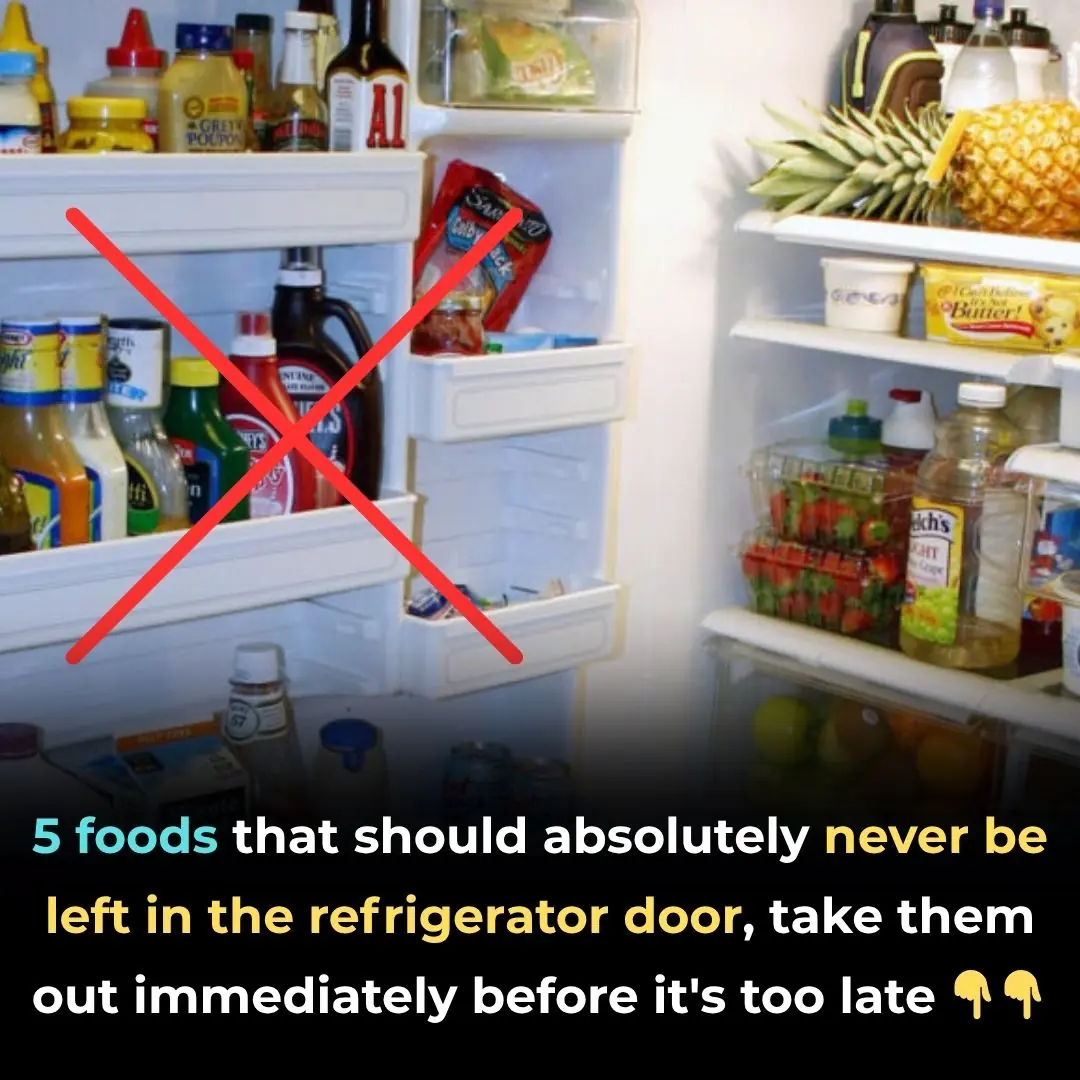
5 foods you should never keep in the refrigerator door, take them out immediately before it's too late

Why are women's buttons on the left while men's are on the right?
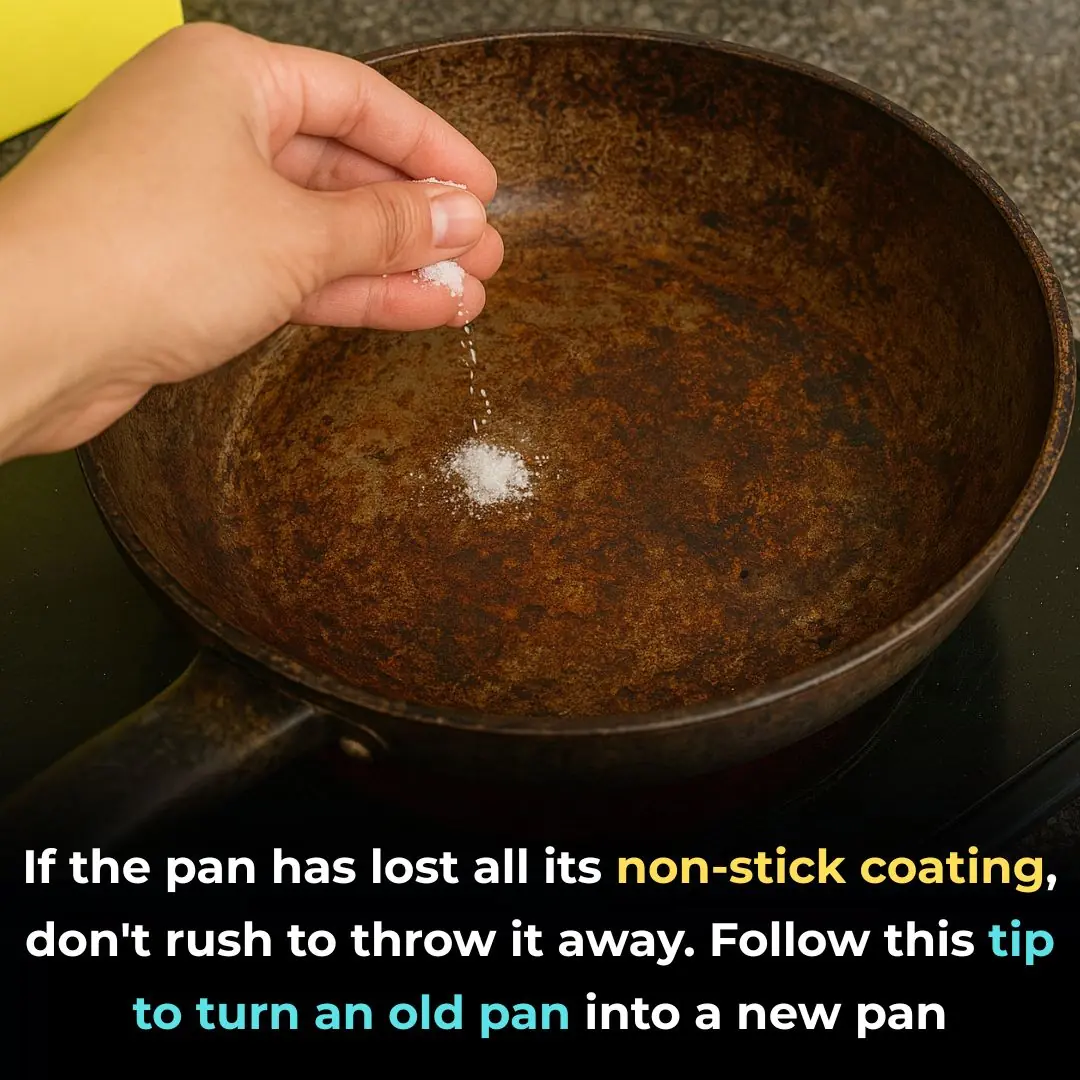
If your pan has lost all its non-stick coating, don't be quick to throw it away; follow this method and your pan will be like new again.
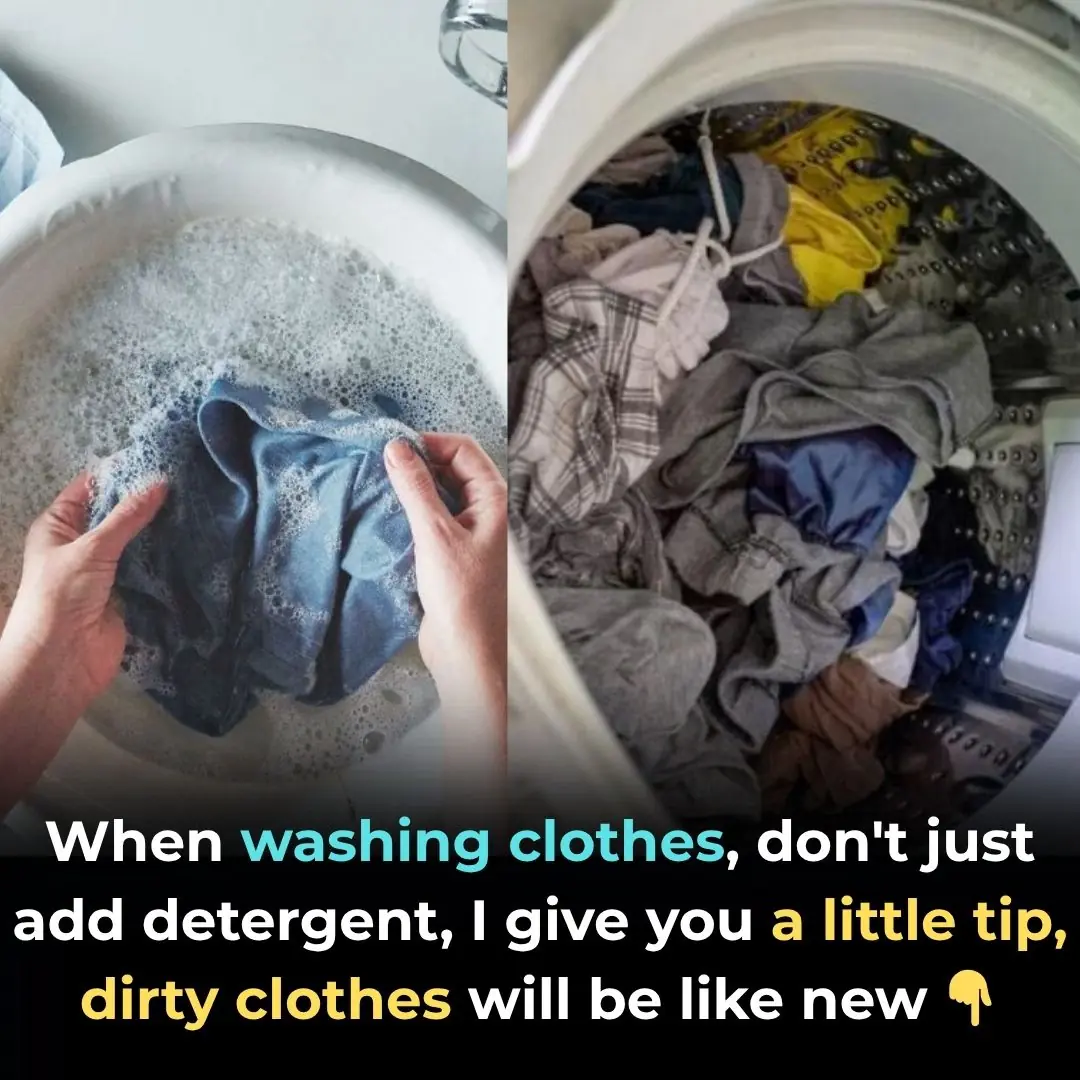
When washing clothes, don't just add detergent; here's a little tip for you: dirty clothes will look like new.
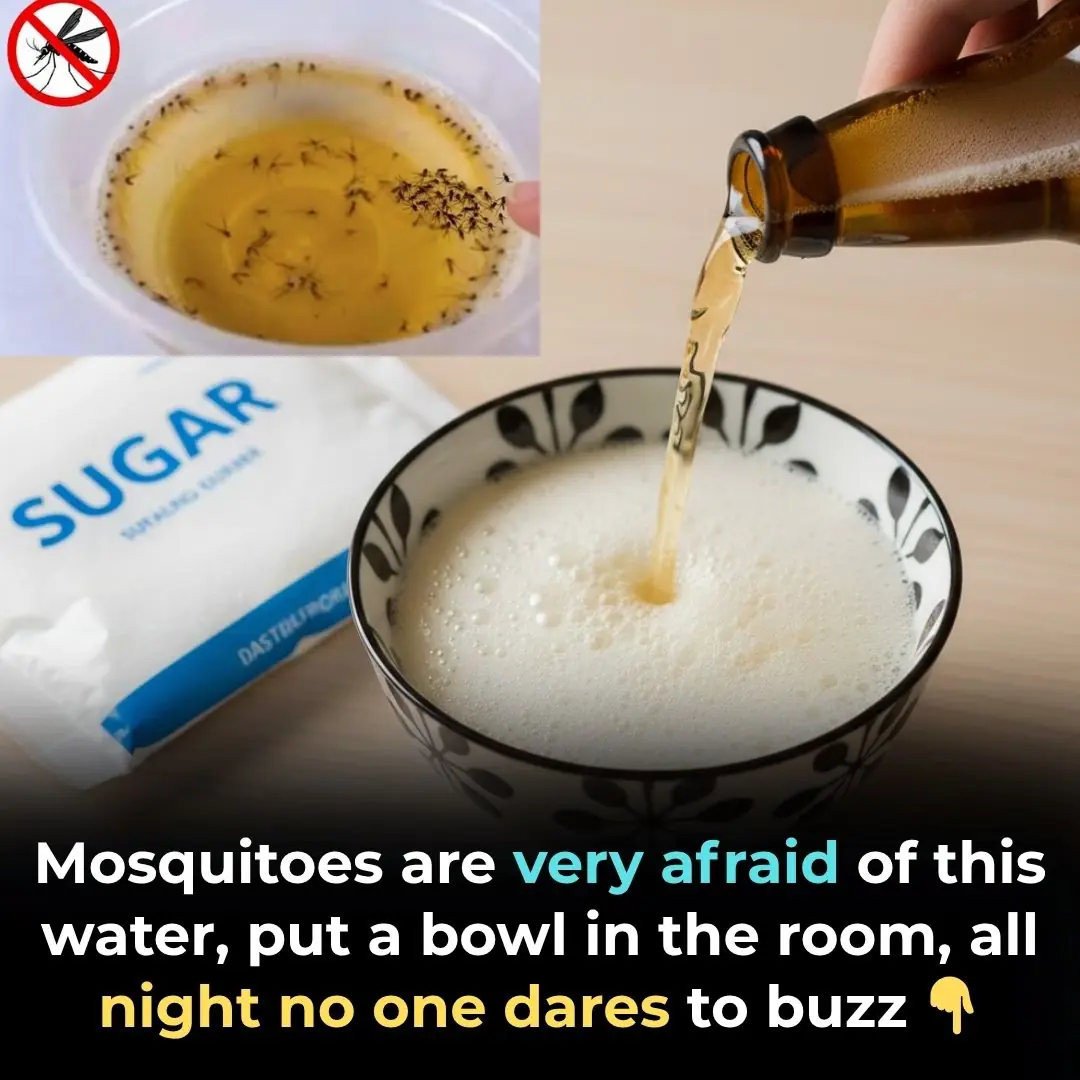
Mosquitoes are very afraid of this liquid; placing a bowl in the room keeps them from buzzing around all night.

Don't throw away rotten tomatoes, the rottener the tomatoes, the more useful they are if you know these uses

Here's how to open a can in an emergency (this is so simple!)

When buying avocado, don't be greedy for big fruit or you'll "waste money", choose this point to get the most delicious and supple one.

98% of people don't know what the hole in a safety pin is for
News Post

8 reasons why adding baking soda to your toilet tank is a must-do trick

My nana taught me this hack to dust ceiling fans in 3 mins with 0 work. Here’s how it works

My nana taught me this hack to lift carpet stains in 2 mins with 0 work. Here’s how it works

YouTubers spend $10,000 unboxing three jet boats from Temu and are in shock at what's delivered

Netflix star issues message to MrBeast after claims YouTube star is opening his own bank

Remembering Lee Elder, A Trailblazer Who Broke Barriers In Golf

‘Towanda Was Right’: Tamar Braxton Lands In the Hot Seat After Cozy Onstage Moment with Toni Braxton’s Husband Birdman

The Elephant That Never Forgot.

The Man Who Never Stopped Living.

The Cry in the Cane Field: A Mother Leopard’s Reunion.

The Diver Who Never Came Back: The Story of Saman Kunan.

The Girl Who Refused to Give Up: Yulia’s Story of Survival and Courage.

Camille’s Fight: The Girl Who Named Her Tumor and Found Her Courage.

A Dance for Daddy: The Soldier Who Stepped In When a Little Girl Needed Him Most.

The Man Who Gave a Turtle Its Freedom Back.

To the Ones Who Show Up: A Mother’s Letter to the Teachers Who Stand Between Our Children and the World.

The Whale Behind Them: A Once-in-a-Lifetime Encounter at San Ignacio Lagoon.
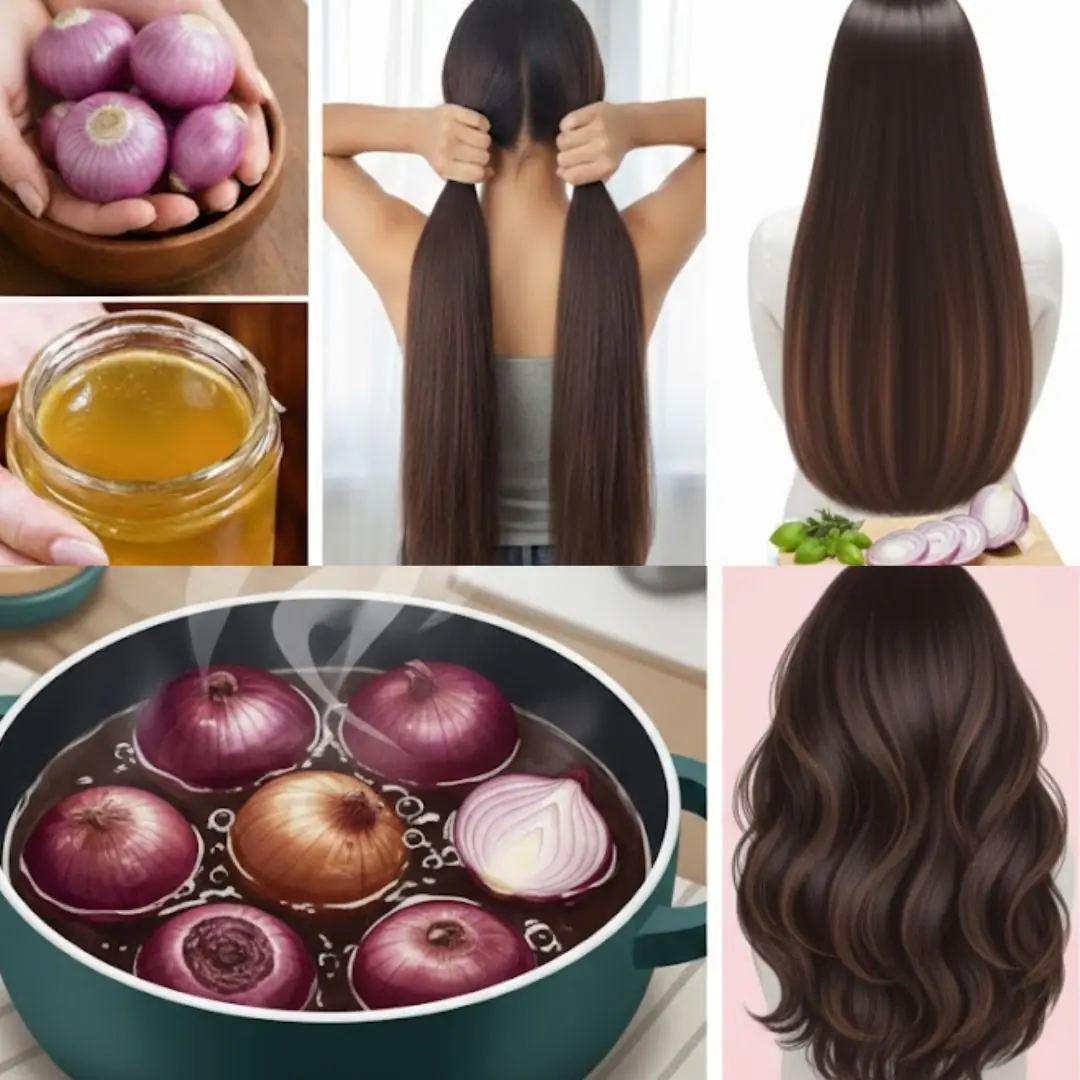
Red Onion for Hair Growth: How This Overlooked Natural Remedy Can Stop Hair Fall and Boost Thickness Fast

3 ways to prevent snakes from entering the house, everyone needs to know to protect their family
